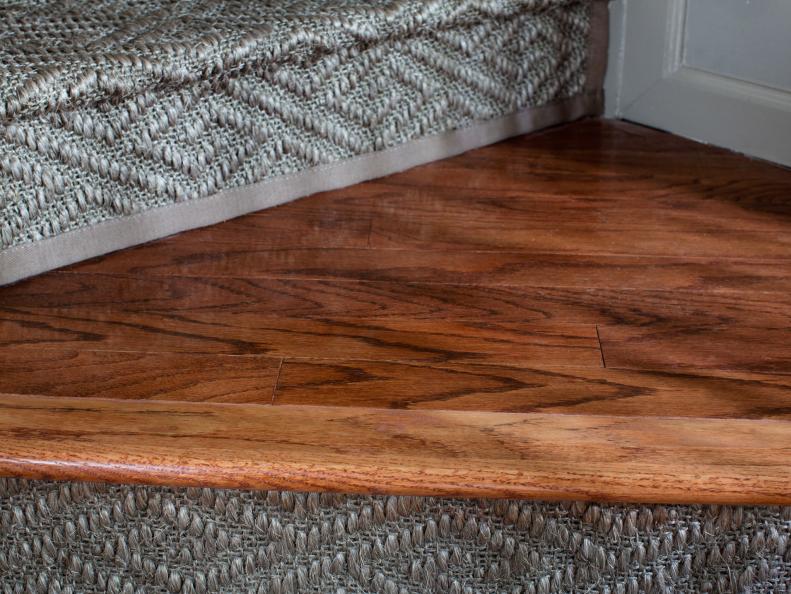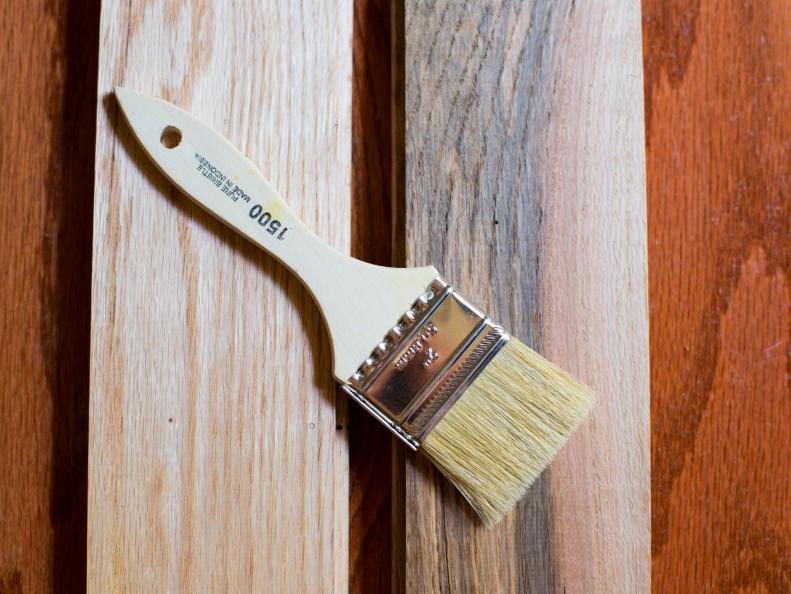1 / 10
Blending Basics
From bullnose trim to stain pens to T-molding, there are many ways to blend new wood floors with preexisting floors to ensure a seamless transition and a polished, designer look.









